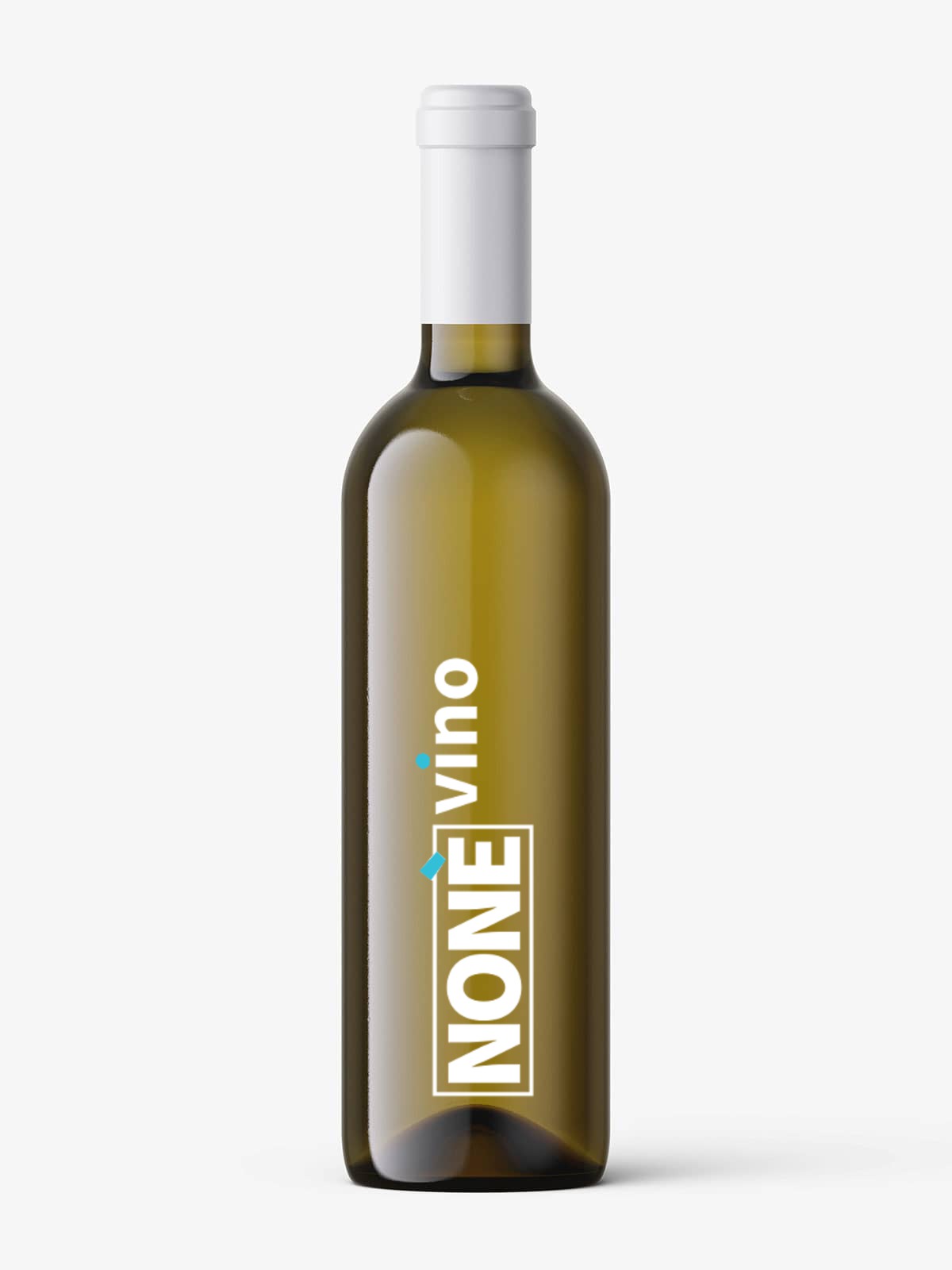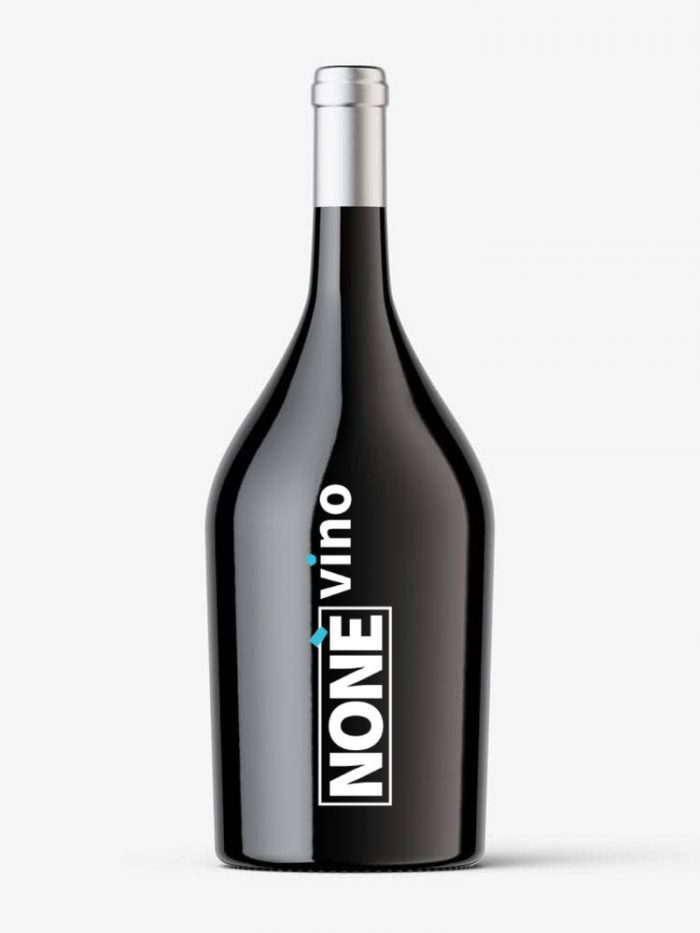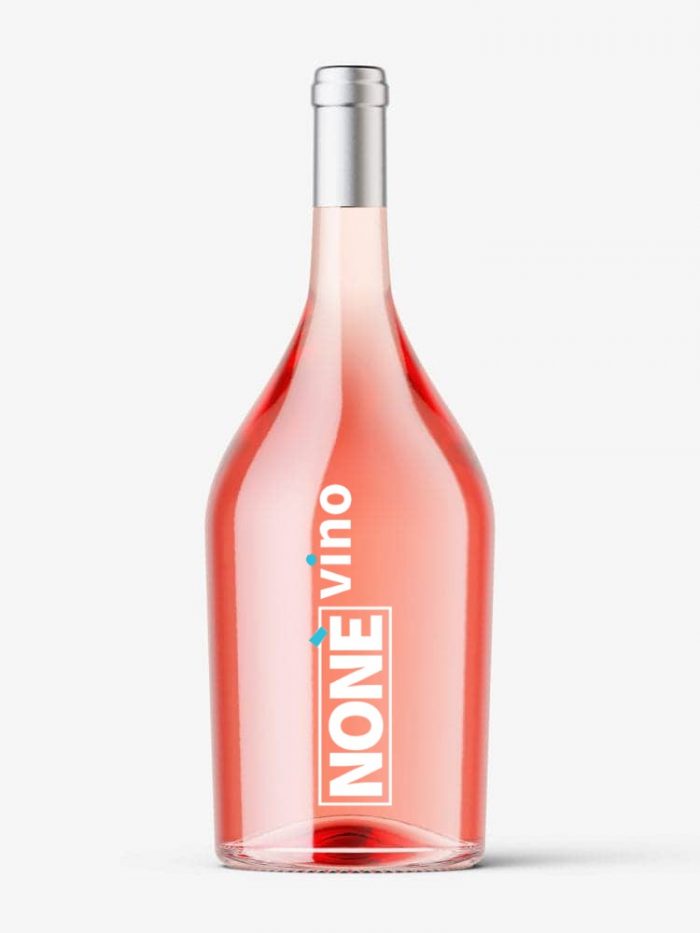The hilly orography of the production area, in the south-eastern part of the province of Alessandria, the prevailing north-west south-east exposure, as well as the slope that increases with the approach of the Apennine belt, contribute to determining a particularly suited for the cultivation of the “Gavi DOCG” vineyards.
From a geological point of view, the terroir is divided into three bands: a) the red lands; b) an alternation of marl and sandstone; c) white clayey marl. The altitude of the land planted with vines is between 150 and 450 m asl. Gavi, understood as a territory and as a wine, is an expression of peculiar pedoclimatic conditions that increase its charm, but also the richness of taste and aromas that the land transfers to it.
The Gavi DOCG Wine Production Area is located in:
– province of Alessandria and includes the territory of the municipalities of Bosio (hamlets Costa Santo Stefano and Capanne di Marcarolo), Capriata d’Orba, Carrosio, Francavilla Bisio, Gavi (hamlets Monterotondo, Pratolungo and Rovereto), Novi Ligure, Parodi Ligure (hamlets Cadepiaggio and Tramontana), Pasturana, San Cristoforo, Serravalle Scrivia and Tassarolo.
During the vinification phases, only loyal and constant oenological practices of the area are allowed, suitable to give the wines their peculiar quality characteristics.
The oenological practices of vinification of the Gavi DOCG wine include, among other things, that:
– The maximum yield of grapes into wine must not exceed 70%. If these parameters are exceeded within the limit of 5%, the excess is not entitled to the DOCG. Beyond these limits, the right to DOCG for the whole product lapses.
– In compliance with the% of grape / wine yield and in the presence of certain cultivation requirements, the term ” Vigna ” may be mentioned .
– The “Riserva” types of Gavi DOCG wine must be subjected to a period of aging , as follows:
Riserva : 12 months of which 6 of bottle aging;
Riserva Spumante Classic Method : 24 months of which 18 of bottle aging.
Cortese di Gavi is an autochthonous vine of ancient proven settlement in the area, from which it derives a centuries-old acclimatization and adaptation to the soil and climate.
The wine-growing vocation of the area around Gavi has ancient origins, as evidenced by the first document preserved in the State Archives of Genoa, dated June 3, 972. There is talk of the bishop of Genoa renting vineyards in the locality of Meirana to two Gavian citizens.
The first reference to planting of “all cortese vines” is found in the correspondence between the castle of Montaldeo and the Marquis Doria, in 1659. In 1798, Count Nuvolone, deputy director of the Agricultural Society of Turin, drafted the first ampelography of the vines grown in the Piedmont area and mentions Cortese in the dialect form Corteis stating that: “it has rather long bunches, rather large grapes, when it is ripe it becomes yellow and is good to eat, makes good wine, is abundant and can be preserved“.







